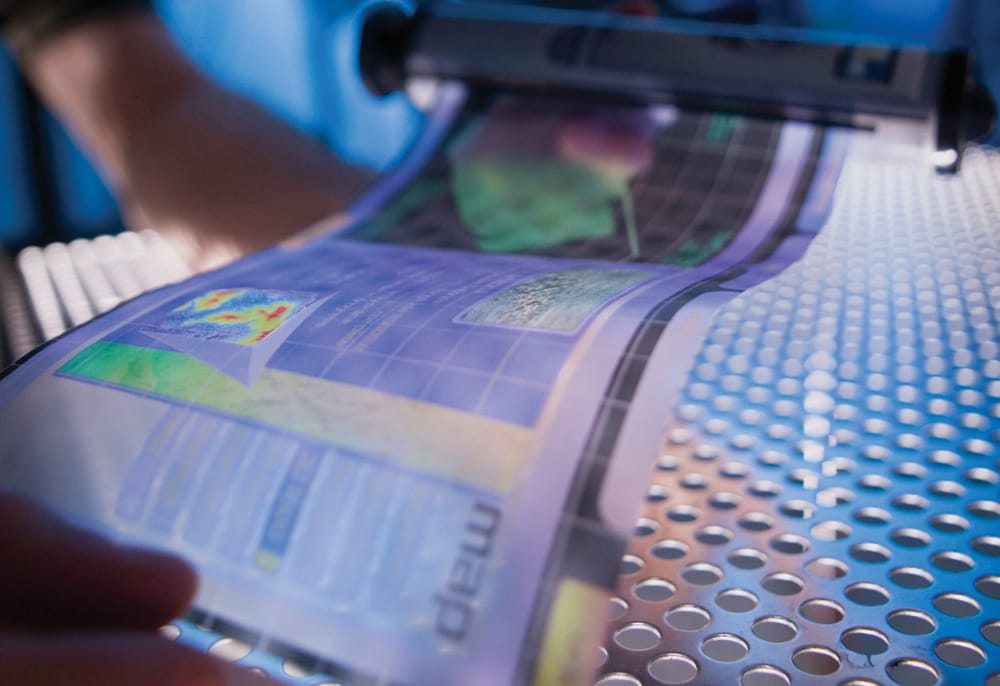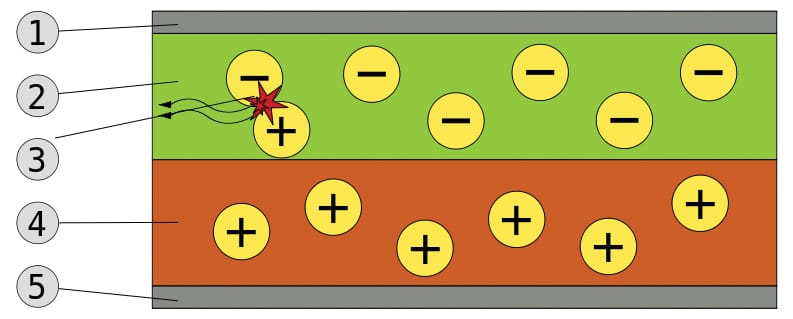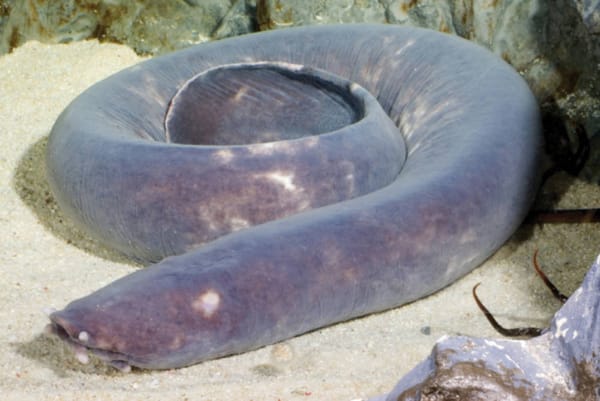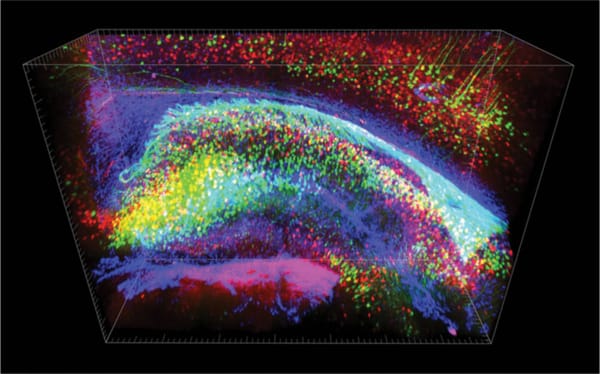Helter skelter helicenes
Laurence Pope interviews Dr Fuchter, a synthetic and medicinal chemist at ICL

Dr Matthew Fuchter is a Senior Lecturer in Synthetic and Medicinal chemistry at Imperial College London. In close collaboration with Dr Alasdair Campbell from the department of Physics Dr Fuchter and his research group have dedicated some of their research to OLEDs and a group of molecules known as helicenes.
Laurence Pope: So what is an OLED? How do they differ from regular LEDs?
Dr Matthew Fuchter: OLED stands for organic light-emitting diode. They differ from regular LEDs in that the luminescent material used within them is organic, i.e. carbon-based. This organic material can be a molecule of low molecular weight, or a polymer.
LP: Your work focuses partly on helicenes. What makes them so important in OLED research?
MF: My group’s research came from a molecular interest in this class of molecule. When we started this work helicenes hadn’t been explored in any depth as OLED emissive material. There are already small molecules and polymers that have arisen from academic and industrial research, which produce light emitting devices with good efficiencies, wide colour pallets, long-lasting stability and so forth.
We came from another angle, exploring a feature of the helicene itself. Helicenes are thermally-stable polycyclic aromatics. Aromatic molecules are flat, but if you start to fuse them together you get to a point where the polyfused system can’t lie flat, as the rings start to bump into one another. That introduces a kink or a spiral into the molecule. Their electrons are still fully conjugated, but the molecule is no longer flat.
Why are they interesting? For devices, I see there to be two key interesting features.
Because they’re not flat how they pack in the solid state is somewhat different to common OLED materials, which are flat. How molecules pack together in the solid state is important, with ramifications on light emission.
But also, because helicenes are helical they’re also chiral, and can therefore come in left- and right-handed forms. We were interested in how this chirality could potentially be exploited in organic devices.

Putting these features together we wanted to explore the idea of using helicenes as the organic emissive material in OLEDs. It’s an interesting new class of molecule in their own right, but also have the potential to directly generate polarised light.
Light can be polarised in certain ways. One form is circularly polarised (CP) light, where the light wave traverses as a helix, which also comes in left- and right-handed forms. Standard OLEDs produce unpolarised light, which needs to be specially filtered to generate CP light. We wondered whether you could use these chiral helicenes to generate a certain handedness of CP light.
To cut a long story short we found we needed a mix of organic materials, blended with small amounts of either left- or right-handed helicenes with conventional, non-chiral material. These OLEDs were able to produce circularly polarised light using different handed helicenes. It wasn’t 100% CP light, but rather enriched light.
LP: How does the chirality of the helicene molecule control the chirality of the light?
MF: We’re not sure why mechanistically. Light emission is generated from the non-chiral polymer, not the helicene. It therefore looks like the helicene is interacting with the polymer in some way, most likely changing the confirmation of the polymer to emit circularly polarised light. Almost certainly the helicene is influencing the polymer structure, possibly organising it into a helical confirmation.
LP: So where is your research now heading?
MF: There are a few different directions we’re heading in. One angle is more focused on commercial technologies based on this, further validating its effect using other polymers and helicenes. How good can we get this? Can we fabricate OLEDs that can match up to state of the art devices whilst also generating CP-light? Can we tune the wavelength to emit more than just one colour of light? There are still a lot of unanswered questions!
Academically, we want to further study what is happening, what the helicene is doing to the polymer. How does that relate to the effect? Helicenes are fully conjugated molecules, which can carry charge and emit and absorb light on their own. Potentially you could further tune the helicene to improve the performance of the device in terms of conductivity or light emission.
Beyond that, OLEDs are one example of plastic electronics. This encompasses a whole range of OLED devices, such as organic transistors, organic solar cells and so on. Do helicenes have applicability with other devices? Do they have any advantage, with their chiral property? Again, we still don’t know just yet.

LP: Has much research been carried out with helicenes before?
MF: There are some patents out there that claim novelty over the use of helicenes in OLEDs. None of them however have claimed the chirality of helicenes, as they use the racemic mixture, a mix of left- and right- handed molecules. Their claims of novelty stem from the helicene’s thermal stability properties.
LP: What particular applications can you see arising from this research?
MF: There are several potential applications, some fairly immediate, others more long-term. One application of CP OLEDs is as the backlight of an LCD, leading to more energy efficient displays.
3D cinema relies on CP-light, split between your two eyes. In theory you could fabricate an OLED TV that utilises different to create a thin, fully flexible 3D display with different pixels emitting different CP light.
In photonics, the technology of light, there’s an interest in CP-light emitting and CP-light detecting devices. Optical communications is for me an interesting area, which relies on a light source being on or off to transfer information. Using an interconvertible CP-light source could double channel capacity, from just on and off to on, on-left, on-right and off.
LP: How would you sum up the significance of your research into helicene use in OLEDs?
MF: The significance for me lies in the novelty in what we’ve discovered. I would make two statements.
We are the first research group to show that a chiral small molecule dopant can induce polymer OLEDs to directly emit CP light. This is the first time it’s been shown that you can use dopants in this approach.
This is also the first study to use asymmetrically pure helicenes in this regard. There are very few papers focusing on this asymmetrical mix.
To read more about the Fuchter Group’s research visit imperial.ac.uk/fuchtergroup. For more information on Imperial’s Centre for Plastic Electronics visit imperial.ac.uk/plasticelectronics.









